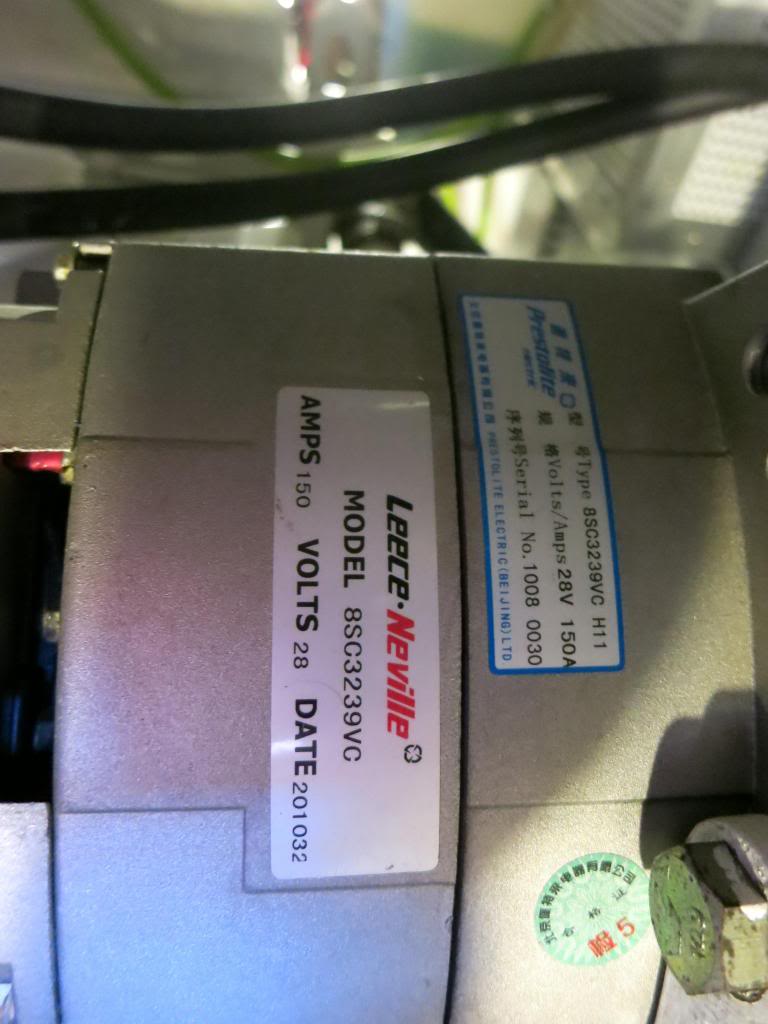Bennett Schneider
Veteran Member
I'm embarrassed to ask this question but here it goes. I'm looking at an old boat to purchase. How do I determine if the electrical system is 12 or 24 volt? At this point, there are no batteries on the boat and I just don't know what to look at to know for sure.
Thanks,
Thanks,



